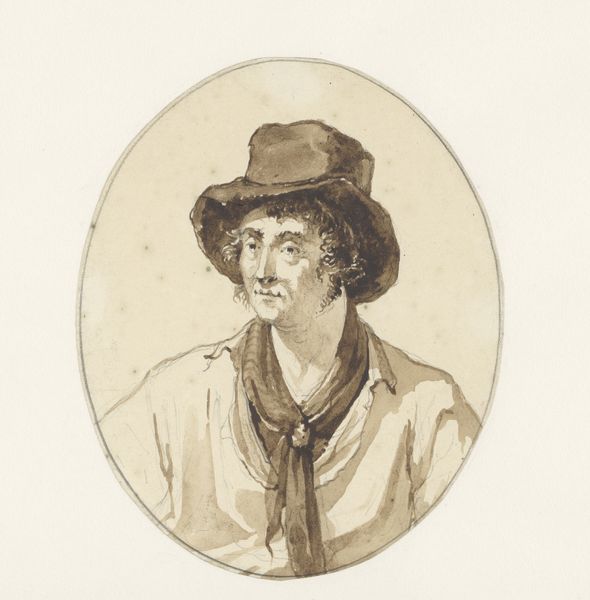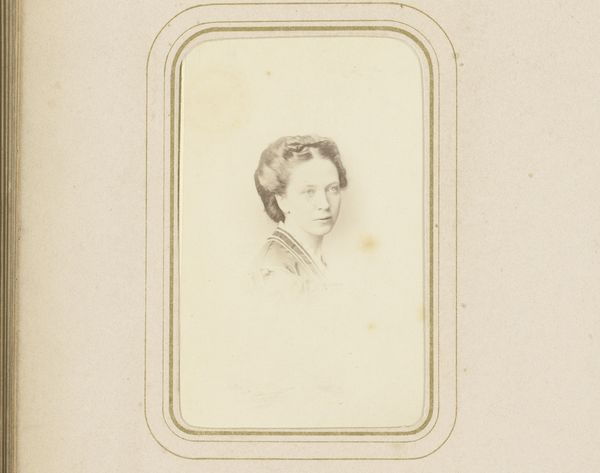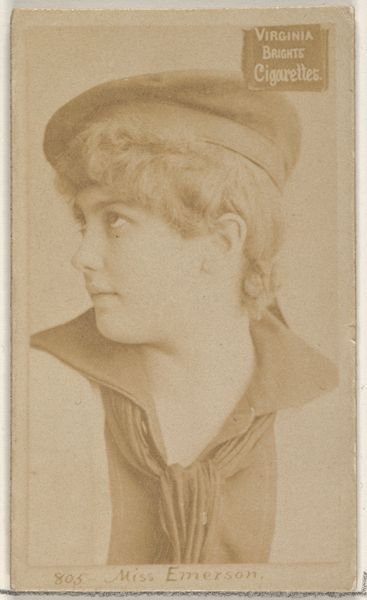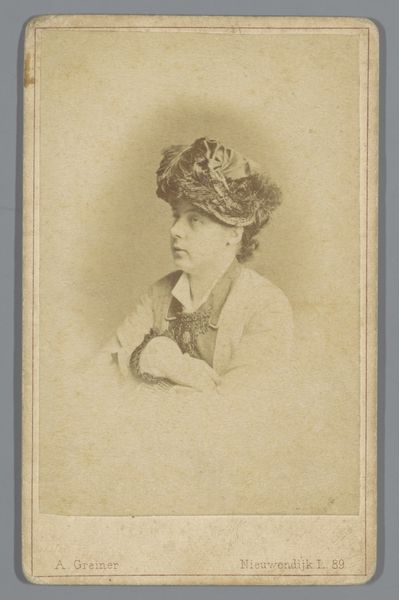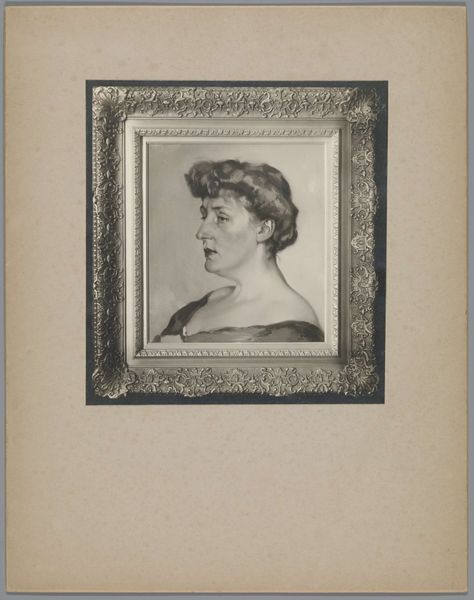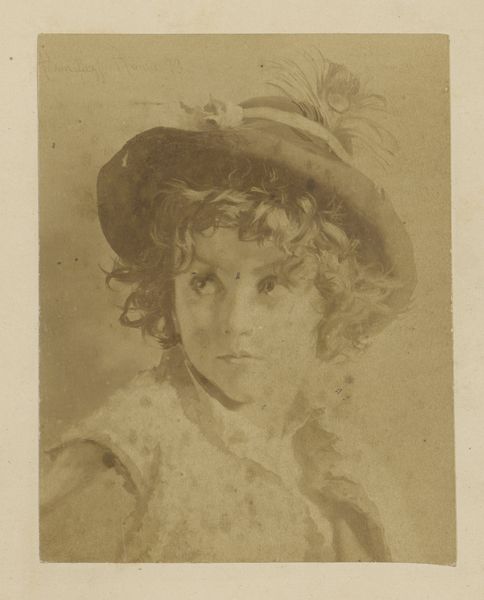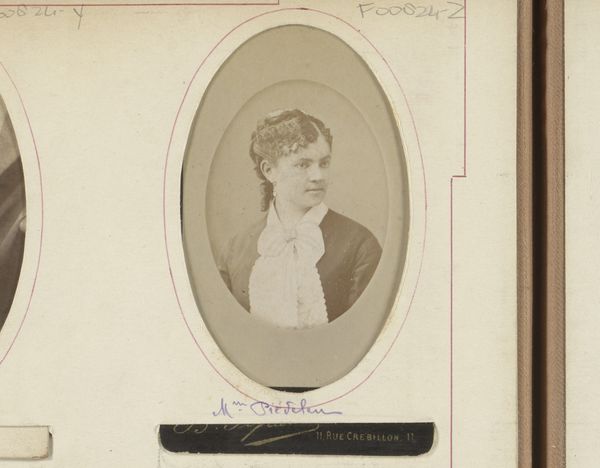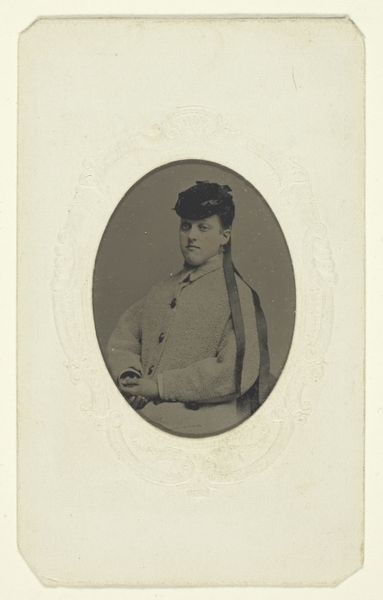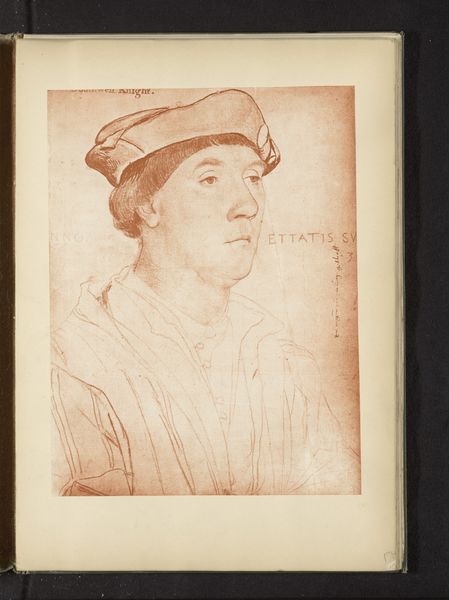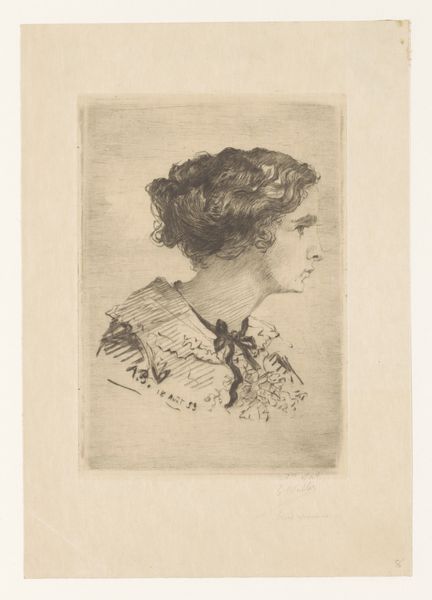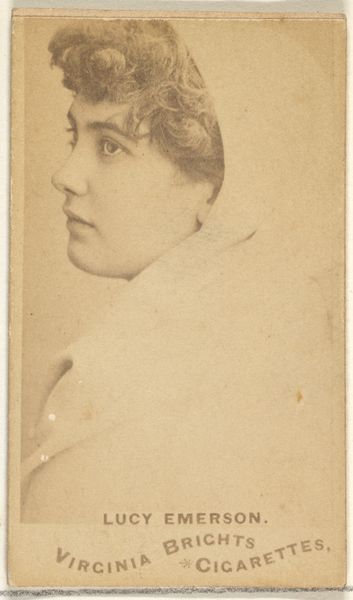
drawing, paper, pencil
#
portrait
#
drawing
#
paper
#
romanticism
#
pencil
Dimensions: sheet: 5 5/16 x 4 7/8 in. (13.5 x 12.4 cm)
Copyright: Public Domain
Curator: This drawing by Friedrich Olivier, dating from 1846, presents us with a portrait of his son, Julius Olivier. It’s rendered in pencil on paper, currently held in the Metropolitan Museum of Art. Editor: It has a very gentle presence, almost melancholic. The octagonal frame and the soft rendering give it a jewel-like quality, but there's also a sternness in the subject’s profile and dark cap that piques my interest. Curator: The context is important. Friedrich Olivier was part of a Romantic movement in Germany. Artists were increasingly interested in intimate portraiture, focusing on sentiment and psychological depth. Family and the domestic sphere became major themes. Editor: I’m immediately drawn to the material handling. The delicate cross-hatching creates subtle shading, defining form economically. And what looks like watercolor washes on the face gives it a fleeting, almost ghostly quality. This attention to surface elevates the ordinary into something quietly affecting. Curator: Absolutely. Think about the art market too at the time. Demand was rising for smaller, personal works that could be easily displayed in the home. A work like this fulfills both an emotional and practical need. It depicts a tender familial bond while also functioning as a status object. Editor: Let's not forget the son's attire. His rather plain cap and simple attire signal a different kind of labor. Pencil was of course increasingly manufactured and available. I'm keen to think about how that access changed the production and consumption of portraiture at this time. It perhaps speaks to a broadening middle class able to produce their own family images rather than commission oils from elites. Curator: That's a valid point. It brings an interesting dynamic to the perception of this portrait. The choice to depict Julius in such humble dress also steers clear of overtly opulent visual codes which fits into an image economy developing throughout the period. Editor: Considering how mass-produced materials were democratizing artistic creation and domestic imagery at this time has deepened my appreciation for the skill, labor, and thought going on here. Curator: And hopefully this short encounter encourages our audience to consider art as part of an evolving social fabric.
Comments
No comments
Be the first to comment and join the conversation on the ultimate creative platform.
